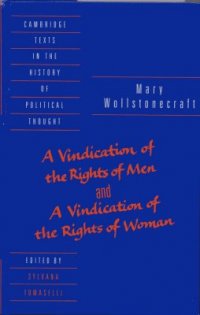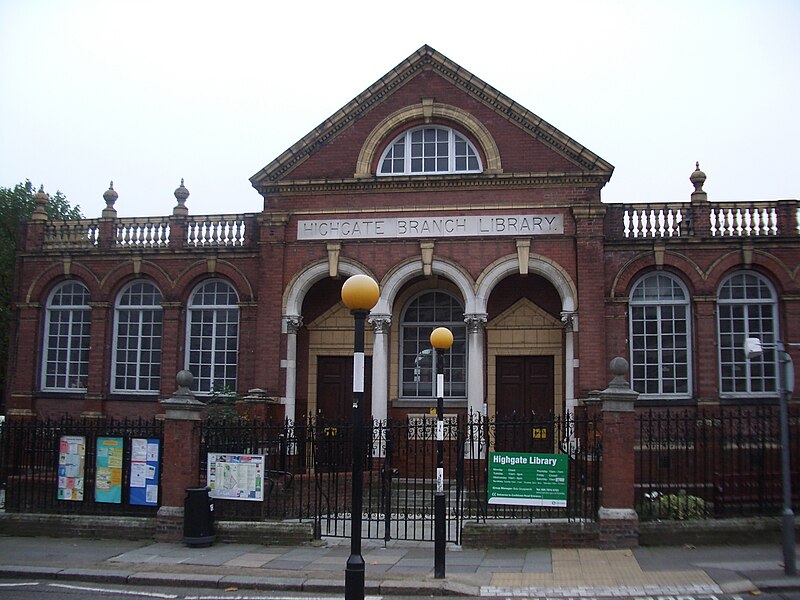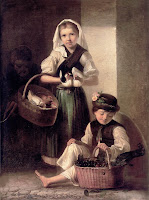This morning I had the pleasure and privilege of presenting Mary Wollstonecraft to a whole primary school. The children were a delight to meet, and asked such sharp questions. I bet Islington's most influential educator would have loved to know them. She was the first to call for boys and girls to be educated together, the rich and the poor to spend years in each others' company: a national education in the truest sense.
First, I told the story of Mary Wollstonecraft, mostly of her childhood, anecdotes of standing up to bullies. Afterwards, I spoke to two of the oldest classes, one after the other, very different in flavour. I answered their questions and went where the discussion took us:
When was feminism invented? [N.B. I never used that word.]
Why couldn't girls go to school? [Because it had always been that way, and things needed to change.]
What did Mary die of? [The doctor not washing his hands. Cue a whole piece on maternal and infant mortality in Britain and in poor countries.]
What happened to the baby? [She was named Mary too, and grew up to write Frankenstein. Any bored kids at the back sat up straight.]
One class tenaciously tried to find some living relative:
What happened to her first baby? [I skated over that, lacking the skill to introduce suicide safely to pre-teens.]
The other Mary, did she have any children? [Yes, and all died except one.]
Did they have any children? [One by adoption, but none by birth.]
What about the big brother, the bully? [Ned became a lawyer. His son and daughter left England, ashamed of MW's reputation, and moved to Sydney.]
Some of the most acute questions came from girls wearing the hijab; some other hijabis were silent. The children who spoke were all completely fluent little Londoners, but of course I don't know about the ones who didn't speak, how long they've been here, how much they understand. One of the boys, who hadn't been paying much attention, said, "So was she just about rights for women then?" and my heart sunk a little, because I'd been saying just the opposite for the previous hour. "No, she wanted rights for everyone, for everyone treat each other decently."
Aside from that, though, it was all thought-provoking and enthusiastic. Another boy asked, "She said going to school was important.
Why is it important?" I said, "That is such a wonderful question that I'm not going to answer it; I'm going to let the whole class tell us what they think." And we heard quite a range of answers: to learn to read and write, for respect, to get a job, to get a good job, to get inspired.
I forgot to ask the headteacher's permission to name the school, so I won't, but let's just say an inner London primary, responsible for hundreds of junior balls of energy, ranging from about five to eleven years old. The beautiful building has a pair of large interconnecting assembly spaces which double as the dining room and gym, so first I spoke with the youngest half of the school and then was whisked through a door into the other room to repeat myself for the older lot. Key stages one and two, as they are known in England.
My host teacher offered me music as an intro, to cover the classes walking in, and happened to have a CD of Tracy Chapman. I leapt at the chance to play "Fast Car": it wouldn't mean anything to the kids, but the teachers might get it. "You see my old man's got a problem/ He live with the bottle that's the way it is/ He says his body's too old for working/ I say his body's too young to look like his."
And this is how I began the story:
I'm going to tell you a story about a little girl who said THAT'S NOT FAIR. Have any of you ever said THAT'S NOT FAIR? Maybe you said it to your mother or father, or sister or brother, or teacher or classmate. Maybe yesterday or even this morning! Can you say THAT'S NOT FAIR? Let's practise.
Always a good idea to have a bit of interactivity, a phrase for the audience to shout on cue. Now for the setting. I don't know to what extent these modern children can imagine such a long-ago world:
This little girl's name was Mary, but before I tell you about her, I have to tell you about where she lived. It was very far away from us, not in place but in time. She lived in London, but London a long long time ago, when almost everything was different...
So, in this once-upon-a-time London, there was a family with a mum and a dad and a big brother and a little girl called Mary, and lots of little brothers and sisters. Sometimes Mary's family was quite happy together, but a lot of the time they were not very happy at all.
One reason was because the parents worried about money, and the father went to the pub and drank with his friends. He drank a LOT. And he came home drunk and in a BAD mood, and he would shout at Mary and her brothers and sisters, and he would shout at Mary's mother, and sometimes he would hit the children and hit his wife too. What do you think about that? THAT'S NOT FAIR!
Alcoholism and domestic violence, as child-appropriately as possible. I was acutely aware that some children in the room may never have witnessed an adult slap a child, that the very notion might be shocking to them, while others may experience drunken mayhem in their own homes on a regular basis, and that no adult might actually have told them that what they are living through is wrong, it's not their fault, and it's not normal. I want the lucky ones to have some inkling of how lucky they are, and the unlucky ones to know they aren't alone. I wonder what the kids told their parents when they got home from school.
My main anecdote was about the ship in the storm, and how Mary stood up to the captain, and insisted he rescue the sailors in danger, no matter what flag they sailed under, because we are all human beings and must help each other. (Why am I surprised that telling these tales swiftly becomes so didactic?) And I concluded:
Eventually Mary came back to London and decided to be a writer. She wrote a book for teachers and parents, and a book of stories for children, and she wrote for magazines, and she translated from other languages into English (maybe some of you can speak other languages), and then she wrote two famous books. She looked around the world and she saw so many things that were wrong. She said THAT'S NOT FAIR!
In the first book she said that everyone should have rights, that fairness is important, that we should all share power and responsibility. In the second book she said that women and men are equally clever and equally important, and that girls and boys both deserve to learn to read and write. Going to school is so important that all children should be allowed to, and their dads and mums can't stop them.
So if we look around now, we can still see things that are wrong. Sometimes we still see one person hurting another, or taking more than their share. And we can say THAT'S NOT FAIR! and try to change things for the better, like Mary did.
Mary with the IGNITE crowd: sex and suicide and searching for silver. With the
London Socialist Historians: radical international politics.
With the WI (more hipster than hip replacement): women's rights. With primary school children: standing up to bullies, valuing education. Next on my wishlist: telling the Frontline Club about England's first war correspondent and first salaried journalist. (First female? First ever? I'd better do my research.)
**********************************************
Painting: "Sister and brother" by Pál Balkay (1785–1846)
[Public domain], via Wikimedia Commons











.jpg)







